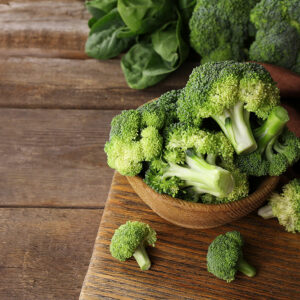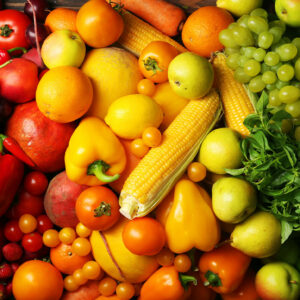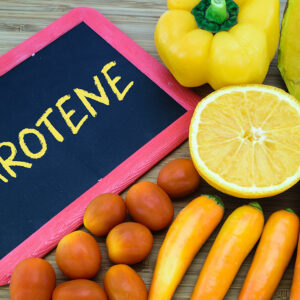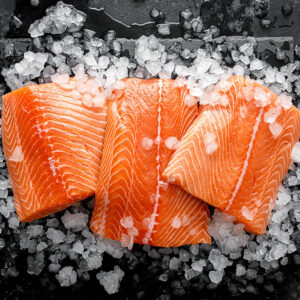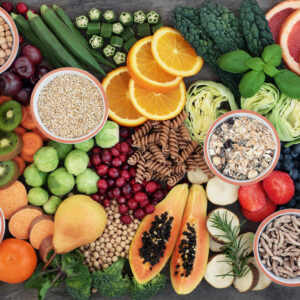
01
Top foods that help manage Parkinson’s disease
Parkinson’s disease is a neurodegenerative condition that is characterized by tremors, shaking, and stiffness. It affects the person’s ability to walk, talk, and function in day-to-day life. While medication is an essential part of managing Parkinson’s, eating certain foods can also help tackle the symptoms of this condition. In this article, we focus on understanding foods that one should eat to help alleviate the symptoms of Parkinson’s disease. Fatty fish When it comes to managing Parkinson’s disease, one needs to eat foods with high omega-3 fatty acids. This is because research suggests that consuming omega-3 fatty acid-rich products, such as fish oil and fatty fish, can help slow down the progression of this degenerative condition. Omega-3 may also help reduce inflammation in the nerves, improve transmissions in the brain, and slow down the process of neurodegeneration. Common seafood items high in omega-3 include salmon, sardines, anchovies, herring, and oysters. Aside from managing Parkinson’s symptoms, eating foods high in omega-3 fatty acids can also help improve heart health. It is also shown to reduce the risk of confusion and dementia caused due to Parkinson’s. Fava beans Fava beans are great for managing the symptoms of Parkinson’s. They contain high levels of levodopa, which can help treat multiple signs of Parkinson’s disease. The compound has been shown to slow down the progression of Parkinson’s to a certain extent. It can also help improve motor functions in those with this condition. That being said, it is essential to note that fava beans cannot replace or be used as an alternative to any medication prescribed for Parkinson’s disease. Foods rich in antioxidants Foods that contain high levels of antioxidants are must-haves when it comes to managing Parkinson’s disease. This is because antioxidants in the food combine with the free radicals or unstable molecules in the body.
Read More 


